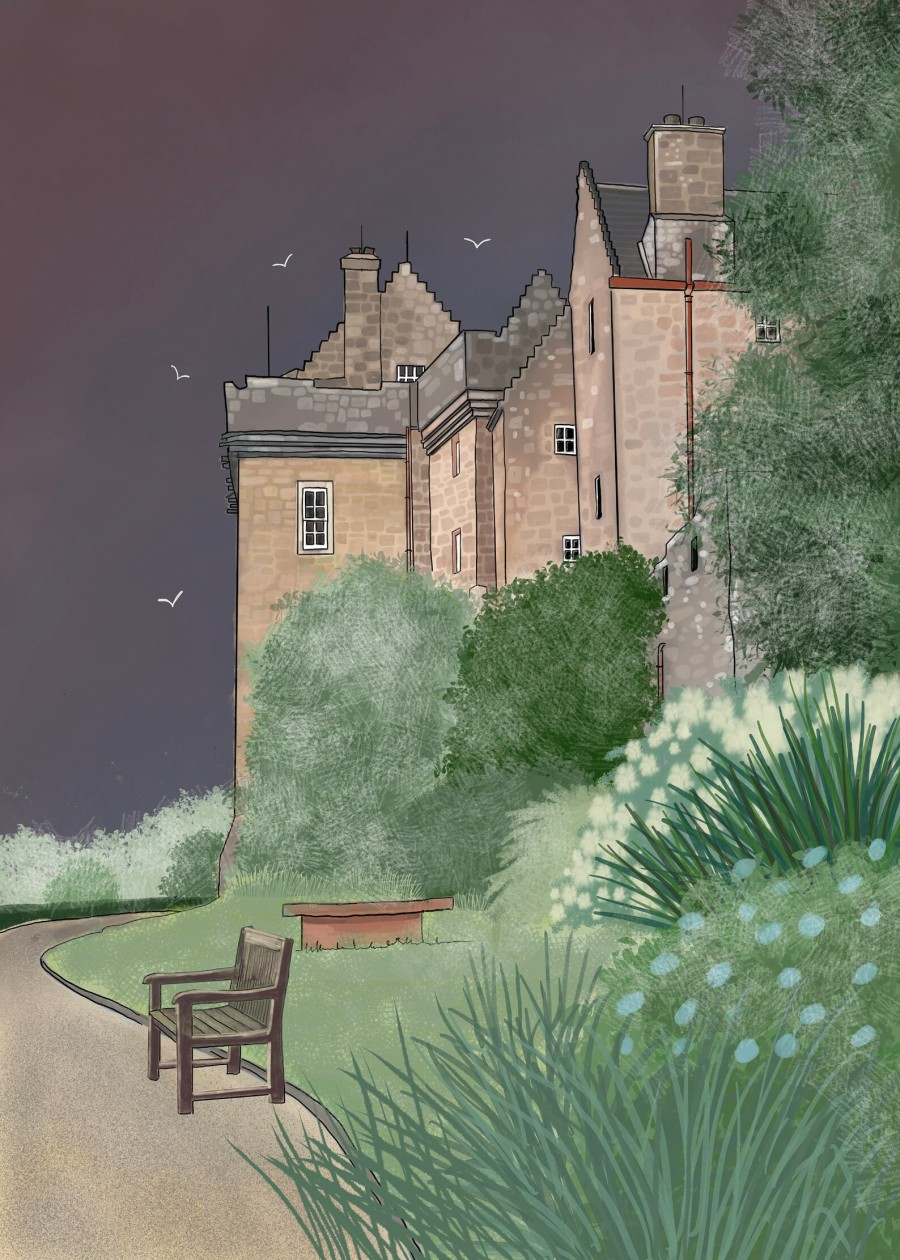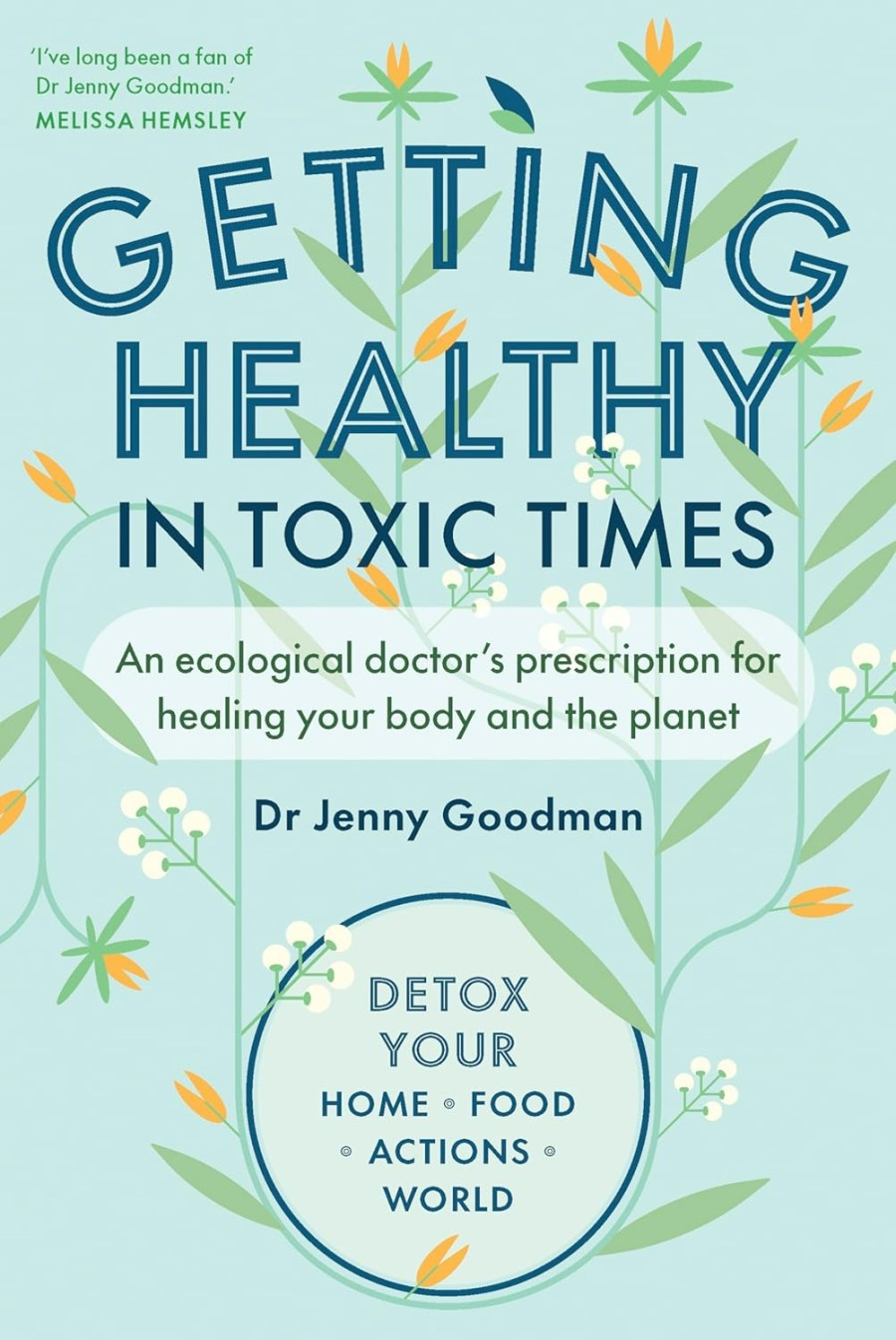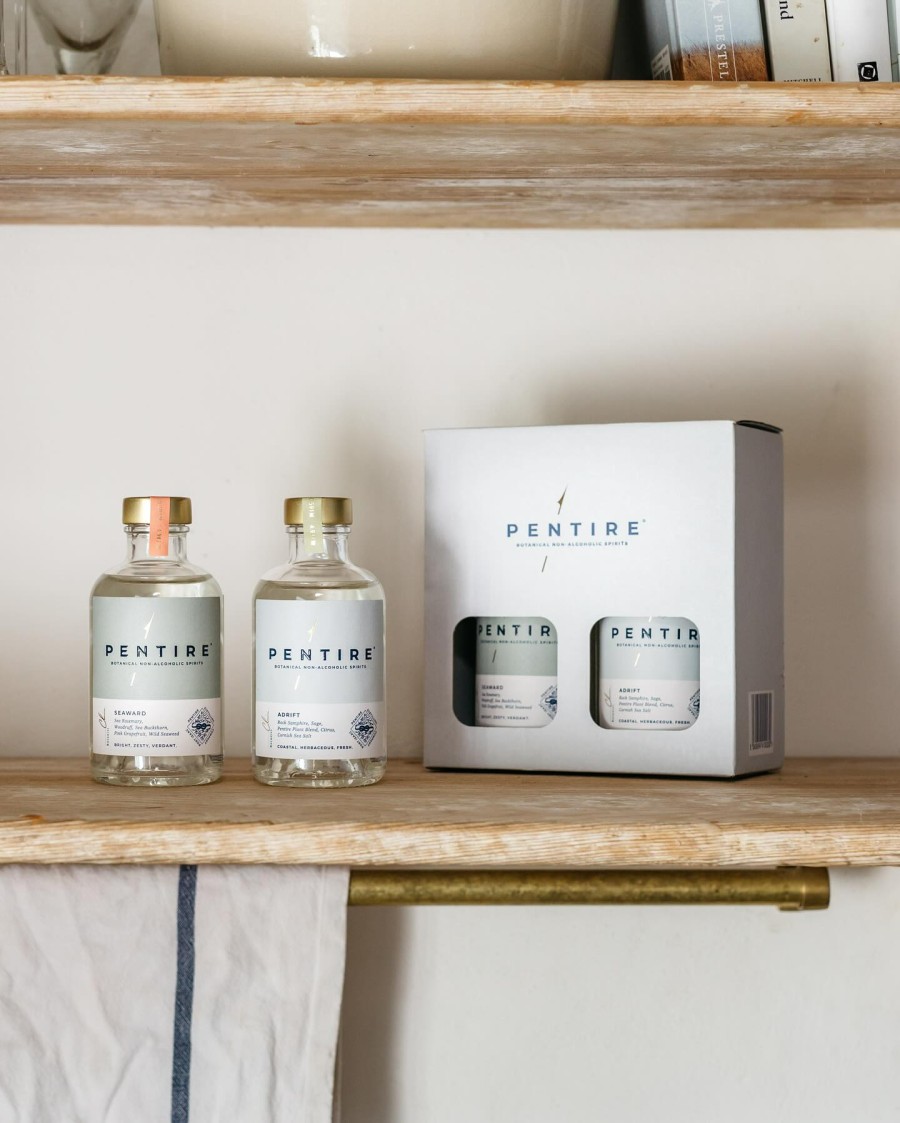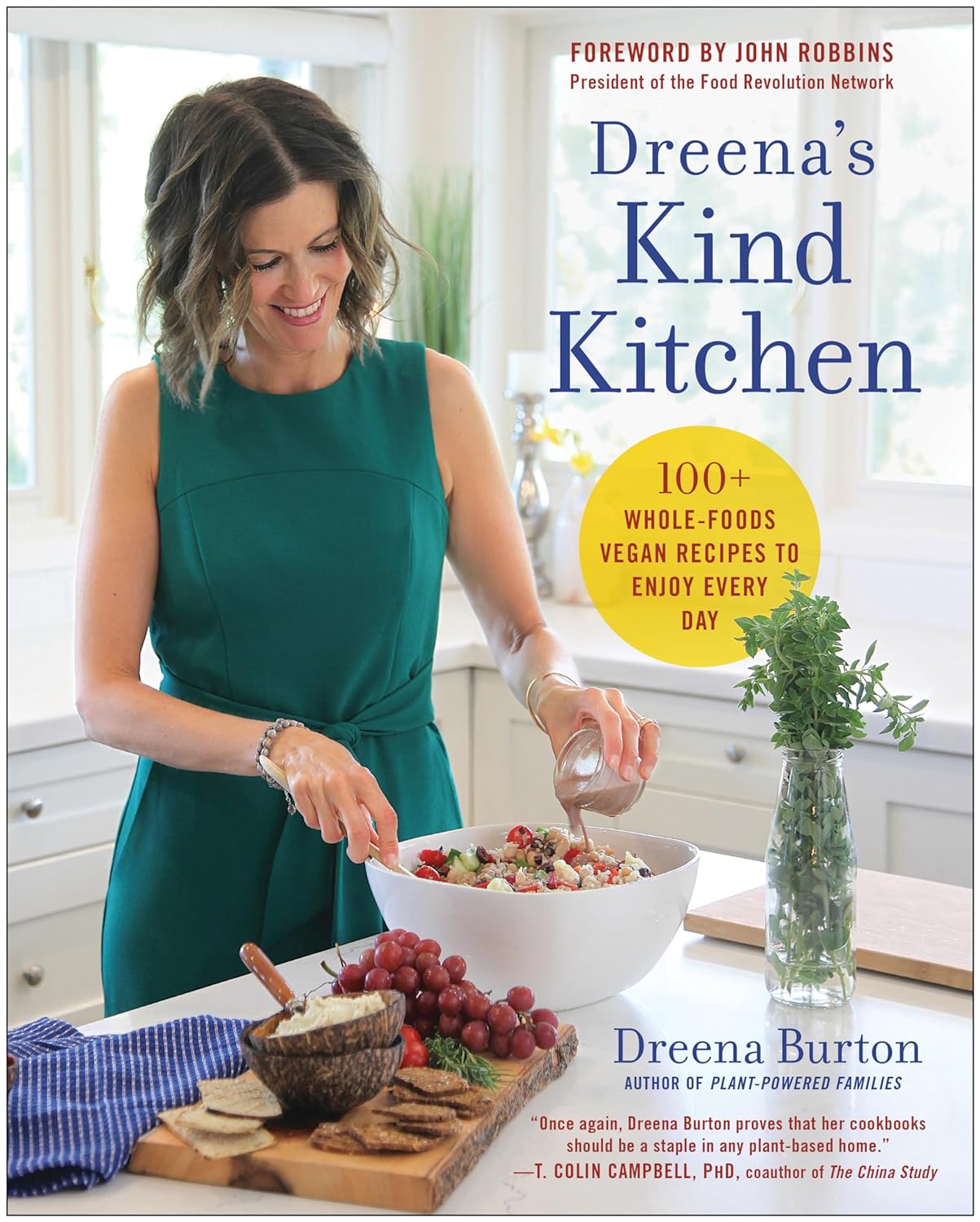
Healing spaces are so-called as there is medical evidence that patients get better, when they have views of nature. We need to move beyond big ugly hospital buildings with a small concrete ‘oasis’ of a few plants to proper healing spaces, both in medical settings and the natural world. A good example of a healing space is a public park, if done well. Or a litter-free seaside beach.
If planting green spaces, learn how to make gardens safe for pets (includes indoor plants to avoid). Avoid facing indoor foliage to gardens, to help stop birds flying into windows.
Healing Spaces is a project that has designed several projects. One hospital in Middlesborough has a healing garden with seating to celebrate ‘the gift of life’ for organ donors, and it has also designed a Critical Care Garden where patients in hospices can spend precious time with loved ones, away from clinical environments (and is also a space for staff to rest on breaks).
Read Healing Spaces, a book by a physician on how using place, space, sunlight and music can help people feel better quicker. Modern medical settings with stark white walls, jarring colours and sounds and those nonstop red neon lights going across the wall with information, are not conducive to health. The medical world is making us sick with distractions and distortions (the charity Pipeline’s main campaign at present is to stop piped music in hospital, where bedridden patients literally have no escape).
volunteer to plant healing gardens
American charity Hope in Bloom uses volunteers to plant healing gardens for patients (both men and women) healing from breast cancer and chemo. Founded by a woman who would tend the garden of her best friend of 50 years (after she had cancer), volunteers provide indoor and outdoor gardens free of charge, tailored to recipients’ residential space and lifestyle. So far volunteers have transformed almost 200 spaces into hundreds of gardens, plants often donated from local garden centres.
Harefield Healing Garden (London) was designed in hospital grounds with input from patients, relatives and medical staff, after studies found that patients recover quicker, than when looking out over a brick wall. There are long sweeping footpaths through generous beds of flowers, and a space to mingle, with curved benches to relax. There are raised flowerbeds with built-in seating and space for wheelchairs, scented flowers for sensory gardens, and seats nestled among plants, for privacy.
Horatio’s Garden is a charity offering gardens nationwide to spinal injury units, for patients who through accidents or illness, suffer traumatic spinal injuries, and therefore have a higher risk of mental health problems or suicide when suddenly facing life-changing circumstances. Already operating eight gardens, these include beautiful spaces and seating, wildlife-friendly plants and water features.
Maggie’s is an idea founded by a cancer patient and her husband, both landscape architects. With centres nationwide (next to NHS hospitals) and even a few abroad, these beautiful buildings offer somewhere away from clinical environments where patients and their families can relax or access expert help, and the centres all feature beautiful designed gardens too.
a parable on healing spaces
Nobody appear to know where this parable came from, or if it’s true. But it’s a good example of the power of healing spaces.
A man is a patient in hospital, and is very depressed, lying in a bed in a bare room. The man in the next cubicle (who he can’t see through the curtain) starts talking to him, and he is far happier, as he has a beautiful window view over a garden. So each day he describes to his new friend the lovely grasses and flowers, the wildlife he can see etc. His friend begins to gradually feel better, and looks forward to the man describing the lovely views that he can’t see.
One morning, the man no longer hears the stories. The patient asks the nurse why, and she replies that the patient has gone. So he asks if he can move to the next cubicle. The nurse asks why. The patient replies ‘Then I can see the beautiful views and start to feel better’. The nurse replies ‘But that room faces a blank wall aswell. And anyway, the patient could not have told you about the views if there had been any – he was blind’.
an ecological doctor’s prescription for healing

Getting Healthy in Toxic Times is the first book to connect the health of the planet with our own wellbeing, and asks the questions that few doctors do – how can we protect ourselves from pollution, chemicals and toxins within the environment. If you visit a GP with asthma, very few will look at traffic pollution or toxic indoor paints etc, but often they are the cause, and removing them the solution.
From chemicals in our water to toxins in the soil (and therefore our food), and even electro-magnetic energy emanating from constant use of mobile phones and laptops, these can affect everything from allergies to infertility to heart disease, neurological disorders and cancer. Once we know this, we can take positive steps to avoid them. There is now evidence that many cases of Parkinson’s disease are due to pesticides from garden chemicals (one of concern is banned in the UK yet still exported to other countries that have not banned it – bringing profits for UK business but not good for worldwide populations where people suffer with this incurable disease).
This book will help you put the good stuff in, and take the bad stuff out, and empower you to look after your own health, and that of the planet. Includes case studies throughout plus tips to restore health, after being exposed to toxins.
Dr Jenny Goodman qualified at Leeds University School of Medicine and worked as a junior doctor, then qualified with the British Society for Ecological Medicine, a group of practitioners that wish to help people gain better health through changes in diet and nutrition and avoiding exposure to toxins. She has practiced this form of medicine for 22 years.






